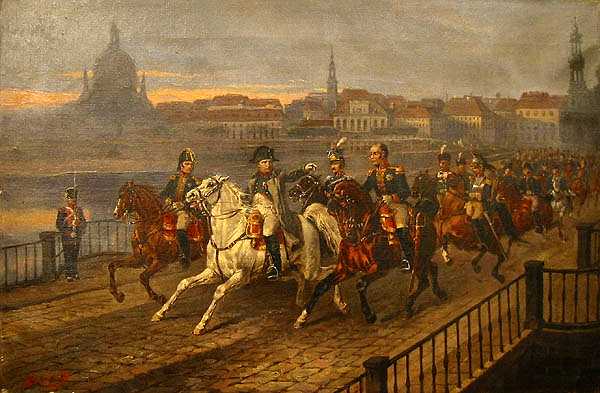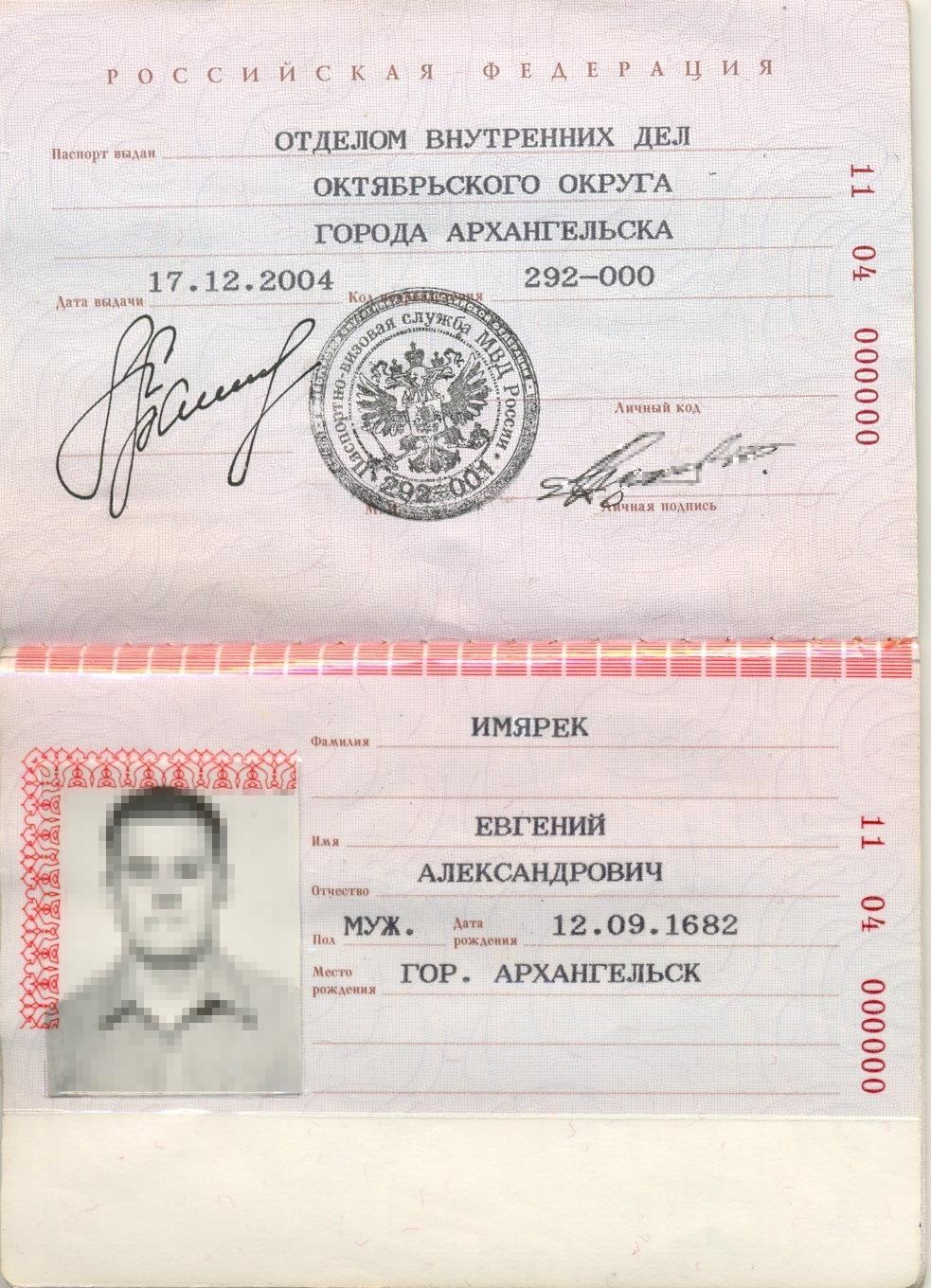|
Brodowski
Brodowski ( ; feminine: Brodowska; plural: Brodowscy) is a Polish-language surname. People *Antoni Brodowski (1784–1832), Polish painter *Dick Brodowski (1932–2019), American baseball player *Fedor von Brodowski (1841–1923), German general *Fritz von Brodowski (1886–1944), German general * Józef Brodowski the Elder (c.1772-1853), Polish painter *Józef Brodowski the Younger (1828-1900), Polish painter, son of Antoni *Karsten Brodowski Karsten Brodowski (born 22 June 1985 in Neuruppin Neuruppin (; North Brandenburgisch: ''Reppin'') is a town in Brandenburg, Germany, the administrative seat of Ostprignitz-Ruppin district. It is the birthplace of the novelist Theodor Fon ... (born 1985), German rower {{surname Polish-language surnames ... [...More Info...] [...Related Items...] OR: [Wikipedia] [Google] [Baidu] |
Fritz Von Brodowski
Friedrich Wilhelm Konrad von Brodowski, known as ''Fritz'', (November 26, 1886 – October 28, 1944) was a German army general of the Second World War, successively Commander in Kiev, Ukraine, Commander in Lille, and commanding officer at Clermont-Ferrand. He was controversially killed while a prisoner of war of French forces in 1944. His death led to the murder, by way of a reprisal, of an imprisoned French army general, Gustave Mesny. Biography Fritz von Brodowski was the son of Prussian General Fedor von Brodowski (1841–1923). On March 10, 1904, in Brandenburg an der Havel, Brodowski was admitted as an officer cadet into the 6th (Brandenburg) Cuirassiers "Emperor Nicholas I of Russia" of the Prussian Army. From November 6, 1904 to July 8, 1905 he studied at the Glogau Military School and subsequently was commissioned as a lieutenant. Brodowski served within his regiment from October 21, 1908 as the "Gerichtsoffizier" (that is, an officer for legal matters) and on Oct ... [...More Info...] [...Related Items...] OR: [Wikipedia] [Google] [Baidu] |
Dick Brodowski
Richard Stanley Brodowski (July 26, 1932 – January 14, 2019) was a professional baseball pitcher, who played in Major League Baseball (MLB) for the Boston Red Sox, Washington Senators, and Cleveland Indians in 1952 and from 1955 to 1959. He batted and threw right-handed, stood tall and weighed . Brodowski attended Sweeney Senior High School (now Bayonne High School). Early life Brodowski was born in Bayonne, New Jersey, on July 26, 1932. His father, Andrew Brodowski, had emigrated to the United States from Poland at about age 10 to 12, and worked as a lead burner in an oil refinery. His mother, Anna, came from Poland when she was around five. "I remember them talking about how they used to bring the family from Europe to the United States," Dick recalled in a 2016 interview. Did they speak Polish in the home at Bayonne? "Just a little. Just when they wanted to get stuff by the kids." Dick had two older brothers, John and Henry. At the time of the 1940 census, John was 19 and ... [...More Info...] [...Related Items...] OR: [Wikipedia] [Google] [Baidu] |
Józef Brodowski The Younger
Józef Brodowski (17 January 1828, in Warsaw – 5 September 1900, in Warsaw) was a Polish painter. He is referred to as The Younger to distinguish him from Józef Brodowski (c. 1775/81–1853), who apparently was not related. Biography His father was the painter Antoni Brodowski, who died when Józef was only four. From 1844 to 1851, he studied with Rafał Hadziewicz, one of his father's former students, at the School of Fine Arts in Warsaw.Biographicl notes @ Agra Art. His most important influences, however, came from Jan Feliks Piwarski, a landscape painter who was one of the first in Poland to promote the concept of painting [...More Info...] [...Related Items...] OR: [Wikipedia] [Google] [Baidu] |
Antoni Brodowski
Antoni Stanisław Brodowski (26 December 1784, Warsaw – 31 March 1832, Warsaw) was a Polish painter in the Classical style. Biography According to the wishes expressed in his father's will, he began by studying mathematics.Brief biography @ Cultuer.pl. He also studied art, however, and his first lessons were with Marcello Bacciarelli.Brief biography @ the Museum of King John III's Palace at Wilanów
[...More Info...] [...Related Items...] OR: [Wikipedia] [Google] [Baidu] |
Józef Brodowski The Elder
Józef Brodowski, (c.1775/81, Warsaw – 1853, Kraków) was a Polish painter in the Classical style. He is called The Elder to distinguish him from Józef Brodowski (1828–1900), who was apparently not related. Biography Thanks to the financial support of Princess Izabela Czartoryska, he was able to study in Vienna with Josef Abel and Johann Baptist von Lampi. After 1805, he lived in Łańcut, where he painted portraits and theatrical scenery. In 1811, he was appointed a drawing teacher. Seven years later, he became one of the first professors at the Kraków Academy of Fine Arts. He painted historical scenes, genre works, church decorations and portraits. Several of his history paintings involve scenes from the life of Tadeusz Kościuszko Andrzej Tadeusz Bonawentura Kościuszko ( be, Andréj Tadévuš Banavientúra Kasciúška, en, Andrew Thaddeus Bonaventure Kosciuszko; 4 or 12 February 174615 October 1817) was a Polish Military engineering, military engineer, states ... [...More Info...] [...Related Items...] OR: [Wikipedia] [Google] [Baidu] |
Karsten Brodowski
Karsten Brodowski (born 22 June 1985 in Neuruppin Neuruppin (; North Brandenburgisch: ''Reppin'') is a town in Brandenburg, Germany, the administrative seat of Ostprignitz-Ruppin district. It is the birthplace of the novelist Theodor Fontane (1819–1898) and therefore also referred to as ''Fon ...) is a German rower. References * * 1985 births Living people Sportspeople from Neuruppin Olympic rowers of Germany Rowers at the 2008 Summer Olympics World Rowing Championships medalists for Germany German male rowers {{Germany-rowing-bio-stub ... [...More Info...] [...Related Items...] OR: [Wikipedia] [Google] [Baidu] |
Polish Name
Polish names have two main elements: the given name, and the surname. The usage of personal names in Poland is generally governed by civil law, church law, personal taste and family custom. The law requires a given name to indicate the person's gender. Almost all Polish female names end in a vowel ''-a'', and most male names end in a consonant or a vowel other than ''a''. There are, however, a few male names that end in ''a'', which are very old and uncommon, such as Barnaba, Bonawentura, Boryna, Jarema, Kosma, Kuba (a diminutive of Jakub) and Saba. Maria is a female name that can be used also as a middle (second) name for males. Since the High Middle Ages, Polish-sounding surnames ending with the masculine ''-ski'' suffix, including ''-cki'' and ''-dzki'', and the corresponding feminine suffix ''-ska/-cka/-dzka'' were associated with the nobility (Polish '' szlachta''), which alone, in the early years, had such suffix distinctions.Zenon Klemensiewicz, ''Historia języka pol ... [...More Info...] [...Related Items...] OR: [Wikipedia] [Google] [Baidu] |
Belarusian Name
A modern Belarusian name of a person consists of three parts: given name, patronymic, and family name (surname), according to the Eastern Slavic naming customs, similar to Russian names and Ukrainian names. Belarusian given names As with most cultures, a person has a given name chosen by the parents. First names in East- Slavic languages mostly originate from three sources: Orthodox church tradition (which is itself of Greek origin), Catholic church tradition (which is itself of Latin origin) and native pre-Christian Slavic origin lexicons. Most names have several diminutive forms. ;List of Belarusian names: * Арцём ( Arciom) * Аксана (Aksana; most common Ukrainian female name as ''Oksana''; of Greek origin from ''Xenia'') * Алена (Alena, equivalent to Helen, of Greek origin) * Аляксей (Alaksiej, of Greek origin) * Аляксандр (Alaxandr, equivalent to Alexander, of Greek origin) * Аляксандра (Alaxandra, equivalent to Alexandra, ... [...More Info...] [...Related Items...] OR: [Wikipedia] [Google] [Baidu] |
Romanization Of Belarusian
Romanization or Latinization of Belarusian is any system for transliterating written Belarusian from Cyrillic to the Latin alphabet. Standard systems for romanizing Belarusian Standard systems for romanizing Belarusian include: *BGN/PCGN romanization of Belarusian, 1979 ( United States Board on Geographic Names and Permanent Committee on Geographical Names for British Official Use), which is the US and Great Britain prevailing system for romanising of geographical information *British Standard 2979 : 1958 *Scientific transliteration, or the ''International Scholarly System'' for linguistics *ALA-LC romanization, 1997 (American Library Association and Library of Congress) *ISO 9:1995, which is also Belarusian state standard GOST 7.79–2000 for non-geographical information *''Instruction on transliteration of Belarusian geographical names with letters of Latin script'', which is Belarusian state standard for geographical information, adopted by State Committee on land resources, ... [...More Info...] [...Related Items...] OR: [Wikipedia] [Google] [Baidu] |
Lithuanian Name
A Lithuanian personal name, as in most European cultures, consists of two main elements: the given name () followed by the family name (). The usage of personal names in Lithuania is generally governed (in addition to personal taste and family custom) by three major factors: civil law, canon law, and tradition. Lithuanian names always follow the rules of the Lithuanian language. Lithuanian male names have preserved the Indo-European masculine endings (; ; ). These gendered endings are preserved even for foreign names. ''Vardas'' (given name) A child in Lithuania is usually given one or two given names. Nowadays the second given name is rarely used in everyday situations. As well as modern names, parents can choose a name or names for their child from a long list of traditional names; these include: * Lithuanian names of pre-Christian origin. These are the most ancient layer of Lithuanian personal names; a majority of them are dual- stemmed personal names, of Indo-European o ... [...More Info...] [...Related Items...] OR: [Wikipedia] [Google] [Baidu] |
Russian Name
Eastern Slavic naming customs are the traditional way of identifying a person's given name and patronymic name in Russia and some countries formerly part of the Russian Empire or the Soviet Union. They are commonly used in Russia, Belarus, Ukraine, Kazakhstan, Turkmenistan, Uzbekistan, and to a lesser extent in Kyrgyzstan, Tajikistan, Azerbaijan, Armenia, and Georgia. It is named after the East Slavic languages group that the Belarusian, Russian, Rusyn and Ukrainian languages belong to. They are also found occasionally in the Balkans among older generations. Given names Eastern Slavic parents select a given name for a newborn child. Most first names in East Slavic languages originate from two sources: * Eastern Orthodox Church tradition * native pre-Christian Slavic lexicons Almost all first names are single. Doubled first names (as in, for example, French, like ''Jean-Luc'') are very rare and are from foreign influence. Most doubled first names are written with a hyphen ... [...More Info...] [...Related Items...] OR: [Wikipedia] [Google] [Baidu] |
Romanization Of Russian
The romanization of the Russian language (the transliteration of Russian text from the Cyrillic script into the Latin script), aside from its primary use for including Russian names and words in text written in a Latin alphabet, is also essential for computer users to input Russian text who either do not have a keyboard or word processor set up for inputting Cyrillic, or else are not capable of typing rapidly using a Keyboard layout#Russian, native Russian keyboard layout (JCUKEN). In the latter case, they would type using a system of transliteration fitted for their keyboard layout, such as for English QWERTY keyboards, and then use an automated tool to convert the text into Cyrillic. Systematic transliterations of Cyrillic to Latin There are a number of distinct and competing standards for the romanization of Russian Cyrillic, with none of them having received much popularity, and, in reality, transliteration is often carried out without any consistent standards. Scientific tr ... [...More Info...] [...Related Items...] OR: [Wikipedia] [Google] [Baidu] |

_(cropped).jpg)
